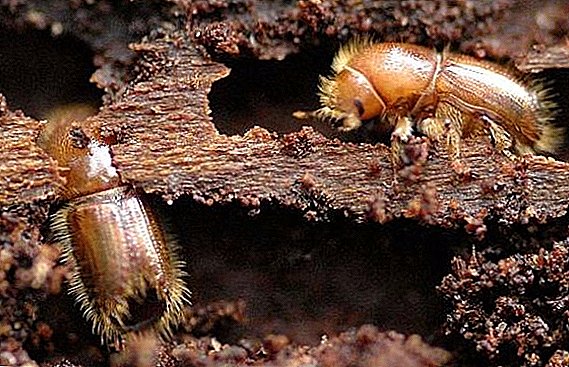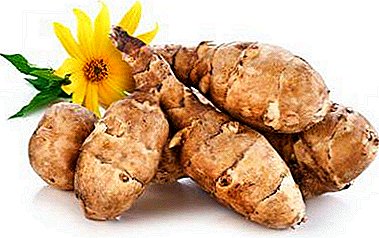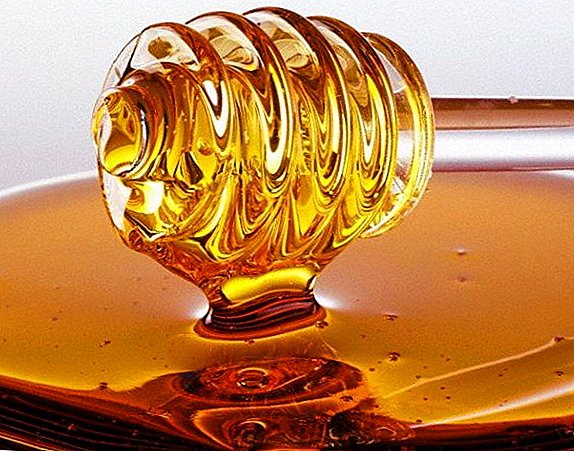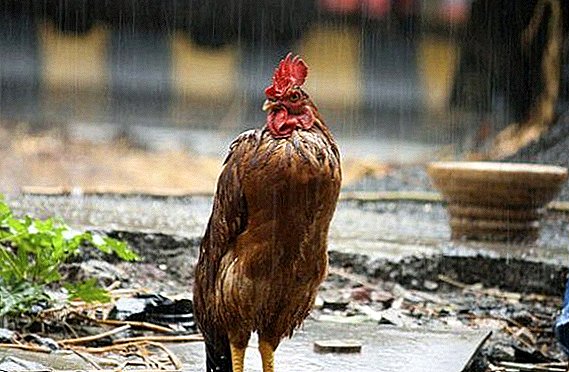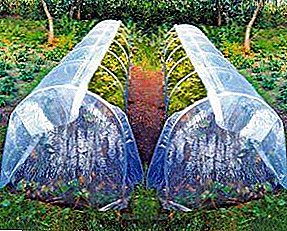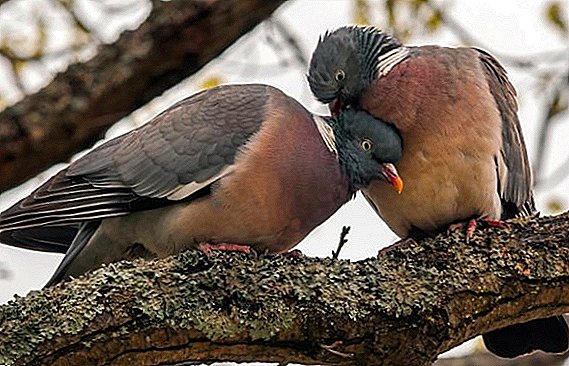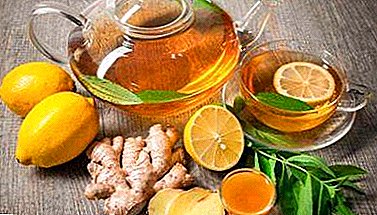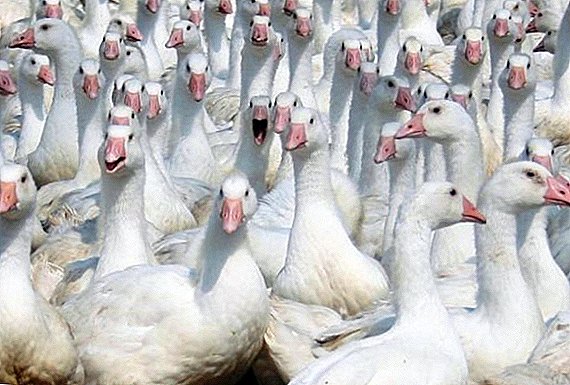 In the poultry industry, breeding domestic geese is one of the priorities. With proper housekeeping, geese can bring good income or just become a source of excellent meat for the family. Hungarian geese are one of the breeds of geese, equally suitable for keeping in the farm and in the household.
In the poultry industry, breeding domestic geese is one of the priorities. With proper housekeeping, geese can bring good income or just become a source of excellent meat for the family. Hungarian geese are one of the breeds of geese, equally suitable for keeping in the farm and in the household.
History reference
This breed, as follows from its name, was bred by Hungarian breeders in the second half of the 20th century. She was officially registered under this name in 1969.
Learn about the characteristic features of the geese of the breed Linda, Danish Legart, large gray, Tula, Kholmogory, Rhen, Toulouse, Arzamas.It was based on the Pomeranian and Emden breeds of geese, which were crossed with local geese. This bird was introduced to the territory of the former USSR in 1989, and since 1993 it has been listed in the state budget commission.

Did you know? Geese are long-lived. Wild members of this genus can live in natural conditions up to 25 years, the life expectancy of poultry reaches 30 years.
Characteristics and features
Hungarian geese can be described as a universal breed, suitable for the production of quality meat, liver, feather and fluff, and, to a lesser extent, eggs. Consider the features of this bird.
Appearance
External differences "Hungarians" are:
- coloring plumage mostly white, less often gray or spotted;
- trunk - firmly knit, with wide breasts and back, in females the abdomen is more pronounced;
- at the geese neck short, in gander it is longer and thicker;
- head - medium sized with orange beak;
- legs - short, powerful, orange colored;
- wings - short, muscular.

Gander and Goose: Weight Differences
Hungarian geese are classified as heavy type birds. The weight of an adult gander can reach 8 kg, and a goose - 6 kg. This bird quickly gains weight, by the beginning of the tenth week of life, provided proper nutrition and favorable conditions of housing, young animals usually weigh from 4 kg to almost 5 kg.
When keeping birds for further breeding, it is important to know how to determine the sex of the geese.
Character and livability with other birds
This bird has a rather active character - with improper maintenance and excessive crowding between males, conflicts over the territory and females can begin. It is not recommended to keep these geese with other poultry; it is better to organize separate walking for them.
Puberty and egg production
In females, puberty usually occurs at 9 months of age or slightly earlier. They have a rather modest egg production rate: about 40-45 eggs per season, the average egg weight is 140 grams, but geese often carry larger eggs. The fertilization of eggs can reach 90%, but usually this indicator is somewhat lower.

Feather and down
Hungarian goose can serve as a source of quality feather and fluff. Some individuals are carriers of the frizzling gene, due to which they have a particularly soft, curly feather. One individual plucked 3-4 times a year and get with it for this period an average of 115 grams of raw materials.
Check out the breeds of geese for home breeding.
Liver
Hungarian geese are also famous for their large liver, which is distinguished by its high taste. With a special mode of feeding, as will be discussed in more detail below, the mass of this delicacy product reaches 450 grams.
Important! It is much more efficient to fatten, for the sake of the liver, a hybrid based on Hungarian females and Landa geese males. The mass of the liver of such a hybrid is usually 550-600 grams with excellent taste.
Hatching instinct
This instinct in females of Hungarian geese is fully developed. The survival rate of chicks on average is 70%. As a rule, nowadays, poultry farmers prefer to use incubators for breeding goslings - this method is much more practical than natural incubation.

Conditions of detention
The described breed is quite sensitive to conditions. To ensure its high productivity and normal development of young stock, it is necessary to create all the necessary conditions. Consider them in more detail.
Find out when geese start to fly at home at home, how many eggs a goose carries, how to raise goslings in an incubator.
Requirements for the room
Almost all day, geese spend on the run, during the day in the house they are mostly in the winter, during the frost. Nevertheless, they require certain conditions in the house, namely:
- the room should be insulated and protected from drafts, although geese feel good at zero temperature inside the house;
- there must be effective ventilation, dampness is bad for the condition of the bird;
- in winter, when daylight hours are short, artificial lighting should be used;
- sawdust, straw or peat are used as litter, and peat is the best option;
- the litter must remain dry - this is very important;
- it is necessary to provide ash baths for bathing the bird in a mixture of sand and ash (bathing in such baths, the bird cleans itself from parasites), as well as a feeding trough and a drinker.

Walking and water treatments
For the Hungarian geese must be provided for walking, in the fresh air, this active bird spends almost all day. It is recommended to exclude walking in the marshland, as well as in areas overgrown with weeds - there are herbs that are harmful to geese.
The ideal option is grazing herds on the shore of the reservoir. In general, the presence of a reservoir has a very positive effect on the productivity of this breed. You can organize a mini-reservoir in the courtyard, but the water in it should be periodically replaced with fresh.
Learn how to make your own pond for geese and ducks.
What to feed
The basis of the diet of adult geese are succulent herbs. If geese are grown for the sake of a delicious liver, then their diet is different from the standard one. In addition, the composition of the feed goslings also has its own characteristics.

Goslings
On the first day of life, goslings are given a boiled, crumbled egg. Crushed grain is added to it (it is best to use corn or millet). Feed the chicks about every two hours. In the following days, the egg is replaced with low-fat cottage cheese, wheat bran and chopped root vegetables, such as carrots or beets, are introduced into the feed.
Familiarize yourself with the rules of eating goslings from the first days of life.
From 3-5 days, crushed juicy greens are introduced into the diet, it can be clover, dandelion, nettle. Mineral additives use chalk and meat and bone meal in small quantities (no more than 3% by weight of the feed).
From two weeks of age, the approximate composition of the goose ration looks like this:
- chopped fresh greens - 50% of the total mass of the feed mixture;
- crushed grain - 20%;
- wheat bran - 10%;
- crushed peas or lentils - 10%;
- sunflower or soybean meal - 7%;
- chalk or shell rock - 2.5%;
- salt - 0.5%.

Starting from one month of age, the proportion of green fodder in the gooses ration gradually increases and the percentage of grain, meal and bran decreases. If free bird grazing is organized, the cereal mixtures give them only for the night.
For intensive feeding goslings are widely used feed. Before the chicks reach three weeks of age, they use PC starting feeds, then they switch to standard ones.
Important! Usually, an adult bird independently determines which grass can be eaten and which cannot be, while goslings can make mistakes in this matter. Therefore, it is recommended not to walk them in swampy or overgrown weeds. Greens are safe for them, among others, the following: dandelion, beet tops, sorrel, nettle, alfalfa, clover, sedge, duckweed, yarrow.
Adults
An adult goose a day absorbs about 500 grams of fresh grass, to which you can add grated roots. The favorite herbs are pislitse, young thistle, dandelion, nettle, sorrel.
The ideal is the option when the bird grazes near a reservoir, in this case, it provides itself with food and water. In the summer, grain mixes or compound feeds give geese only in the evening.

In winter, the diet of birds varies somewhat. Green grass is replaced by hay, grass meal, silage, grated root vegetables. Grain mixtures or feed give twice a day - in the morning and in the evening.
When feeding a bird for the sake of a delicious liver, a special feeding procedure is applied. Begin with preparatory feeding of 11 week old geese. With free grazing, they get an increased amount of protein-rich cereal mixtures.
Familiarize yourself with the beneficial properties of goose fat, goose eggs, and goose meat.
About two weeks later, the force feeding phase begins. Geese are driven into the premises, and keep them in very cramped conditions. Feed the bird with steamed corn, flavored with vegetable oil and salted (no more than 1% salt).
Such feeding lasts about a month, after which the bird is slaughtered. 
Advantages and disadvantages
As the undoubted advantages of the Hungarian geese, the following features can be noted:
- this bird gains weight very quickly, and its meat is of high quality;
- using a special feeding scheme, a large amount of high-quality goose liver is obtained;
- Representatives of the Hungarian breed are used as a source of down and feathers, and some of the individuals provide raw materials with the best characteristics.
Did you know? Once, along with cock fighting, goose fighting was very popular. On the territory of Russia, two breeds were mainly used as fighting: the Arzamas fighters and the hunting fighters. With each fighting gander, two geese were kept, which acted as instigators. One fight could last up to an hour.Of the disadvantages of this bird are the following:
- poor moisture tolerance in the house;
- low egg production rate.

Breed Reviews
None of the Hungarian Gray Geese ...

Ecohouse, congratulations!
Your incubation mode is clearly broken, most likely there is not enough temperature and comfort. Humidity on a conclusion I catch up to 98-100%.
Hungarian plucked only the first days of molting, now very beautiful white, lush. I am very pleased with the result!
We had 43 goslings (I didn’t count one :))))
On the 7th day, 15 goslings left for another farm, 28 children remained.
I feed PK5 and a grass in will from 3rd day. On the 7th day, 2 buckets were eaten, further, more. Gamavit and full course ASD-2 drank for 1,5,7e day. Vitamins 2 times a week.
On the 14th day, weighed 0.9 kg-1.1 kg.
On the 21st day weighed 1.45-1.7 kg.
On the 28th day they weigh 2-2.3 kg, they completely faded, there are still 3-4 geese with torn backs.
Very calm, walk the route that I showed them. In general, if it goes on like this, I will leave my family for divorce.



